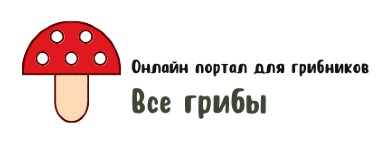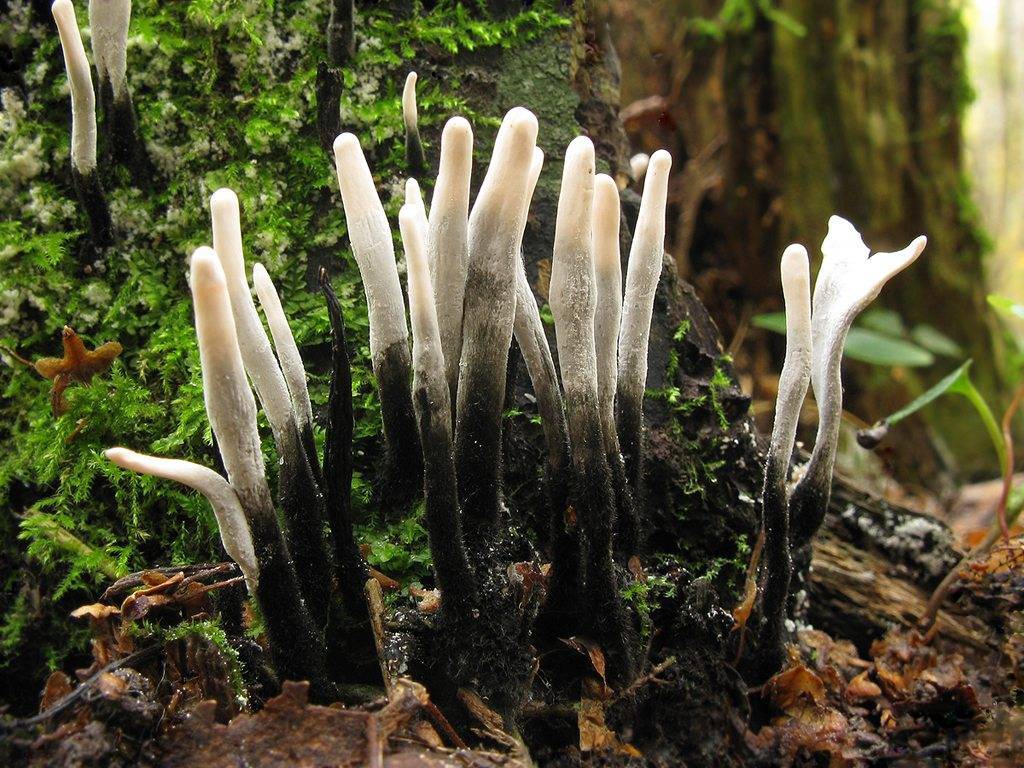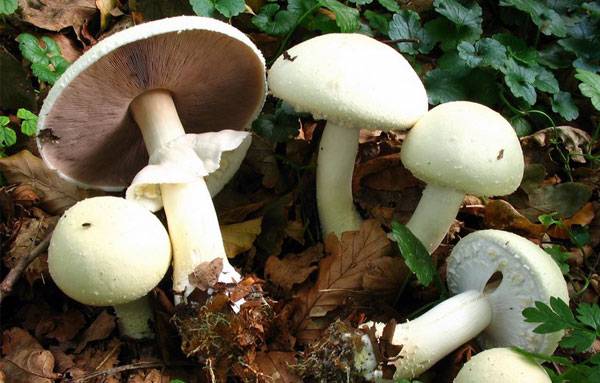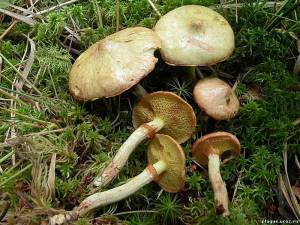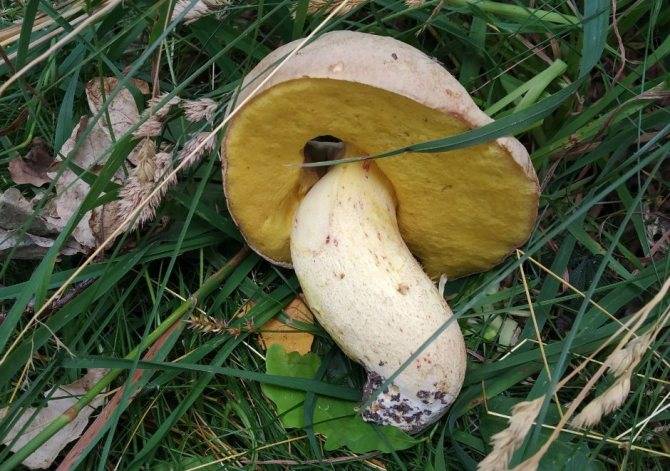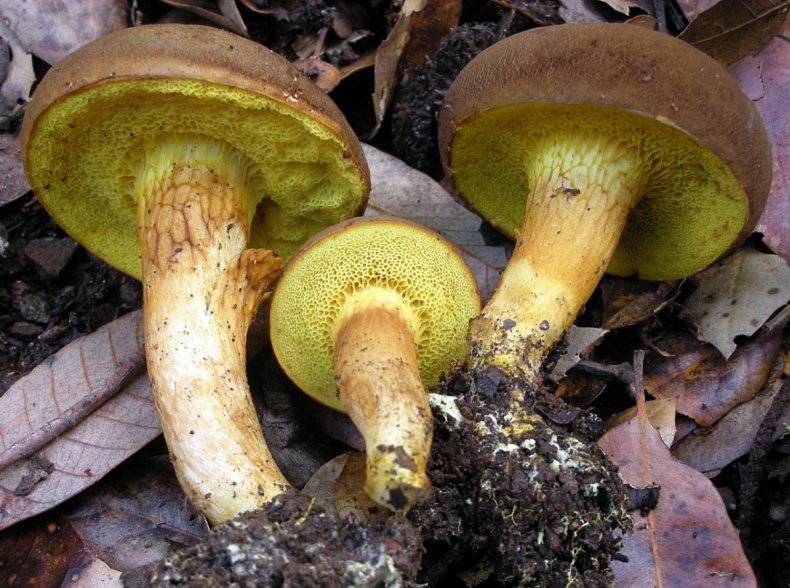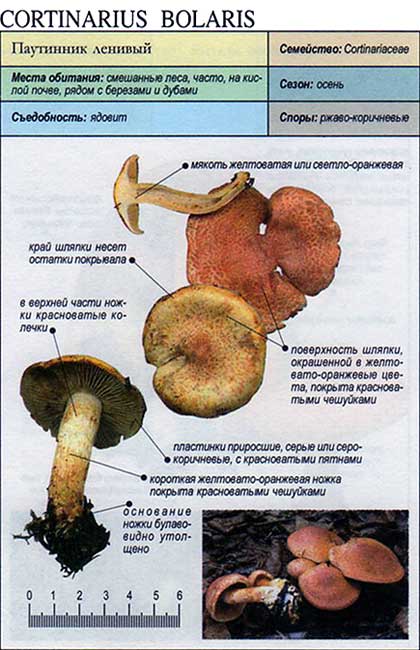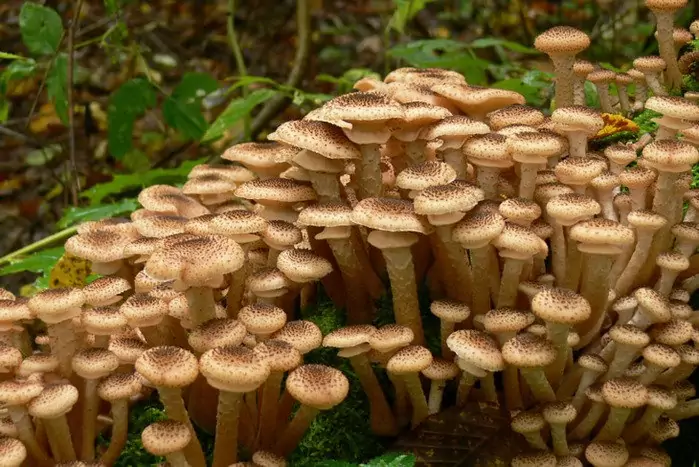Identification guide
Small, upright stroma (the name given to the communal fruitbodies of ascomycete fungi) 2 to 8mm in diameter at the base and | |
Spore printTypically 140 – 220 x 8µm, with eight spores per ascus. | |
Not distinctive. | |
Saprobic, on fallen branches and rotting stumps of | |
Throughout the year, but producing ascospores in autumn and early winter, at which times the whole fruitbody turns black. | |
Xylaria carpophyla is similar but much more slender; it |
Reference Sources
Fascinated by Fungi, 2nd Edition, Pat O’Reilly 2016, reprinted by Coch-y-bonddu Books in 2022.
Molecular and morphological evidence for the delimitation of Xylaria hypoxylon Derek Peršoh1, Martina Melcher and Katrin Graf, Mycologia, March/April 2009 vol. 101 no. 2 pp256-268.
Dennis, R.W.G. (1981). British Ascomycetes; Lubrecht & Cramer; ISBN: 3768205525.
Breitenbach, J. & Kränzlin, F. (1984). Fungi of Switzerland. Volume 1: Ascomycetes. Verlag Mykologia: Luzern, Switzerland.
Medardi, G. (2006). Ascomiceti d’Italia. Centro Studi Micologici: Trento.
Dictionary of the Fungi; Paul M. Kirk, Paul F. Cannon, David W. Minter and J. A. Stalpers; CABI, 2008.
Fascinated by Fungi. Back by popular demand, Pat O’Reilly’s best-selling 450-page hardback book is available now. The latest second edition was republished with a sparkling new cover design in September 2022 by Coch-y-Bonddu Books. Full details and copies are available from the publisher’s online bookshop…
Distribution
A very common species in Britain and Ireland, Xylaria hypoxylon is found also throughout mainland Europe and in many parts of North America.
While it seems to refer to a relevant physical comparison, the common name Candlesnuff Fungus is something of an enigma. It suggests something that once emitted light but no longer does so; however, in reality it is a bioluminescent fungus, and in a really dark place it can be seen to emit light continually as phosphorus accumulated within the mycelium reacts with oxygen and other chemicals in the fungus. Unfortunately the amount of light from this and most other bioluminescent fungi is very weak indeed, and to see it clearly you need either an image intensifier (such as those built in to night sights used by soldiers and spies) or to take a long-exposure photograph in a totally dark room.
Some fungi – Armillaria mellea the Honey Fungus is one such example – give out enough light to be visible to the human eye, but only on very dark, cloudy and moonless nights in dense woodland where light pollution from other sources is at an absolute minimum. Probably the easiest way to get to see fungal bioluminescence is to cut through a piece of wood that is being consumed by bioluminescent fungi; this is because the mycelium emits light more strongly than the fruitbodies do. The ghostly greenish colour of light from bioluminescent mushrooms, toadstools and other fruitbody forms must surely have contributed something to the many dark myths associated with the underworld kingdom of fungi.
Химические соединения
Разнообразные химические соединения с in vitro у этого гриба выявлены свойства. Соединения ксиларий А и В оба имеют умеренную цитотоксический активность в отношении клеточной линии гепатоцеллюлярной карциномы человека Hep G2. В пирон производные соединения под названием ксиларон и 8,9-дегидроксиларон также обладают цитотоксической активностью. Несколько цитохалазины, соединения, которые связываются с актин в мышечной ткани, были обнаружены в грибке.X. гипоксилон также содержит углевод -связывающий белок, а лектин, с уникальной сахарной специфичностью и мощным противоопухолевый эффекты при различных опухолях Сотовые линии.
Химические соединения
Разнообразные химические соединения с in vitro у этого гриба выявлены свойства. Соединения ксиларий А и В оба имеют умеренную цитотоксический активность в отношении клеточной линии гепатоцеллюлярной карциномы человека Hep G2. В пирон производные соединения под названием ксиларон и 8,9-дегидроксиларон также обладают цитотоксической активностью. Несколько цитохалазины, соединения, которые связываются с актин в мышечной ткани, были обнаружены в грибке.X. гипоксилон также содержит углевод -связывающий белок, а лектин, с уникальной сахарной специфичностью и мощным противоопухолевый эффекты при различных опухолях Сотовые линии.
Описание
Плодовые тела (аскокарпы ) имеют цилиндрическую или уплощенную форму и имеют размеры 3–8 сантиметров (1,2–3,1 дюйма) в высоту и 2–8 мм в толщину. Прямостоячие аскокарпы часто скручены или изогнуты и обычно редко разветвлены, часто по форме напоминающие оленьи. рога. Образцы, обнаруженные в начале сезона, весной, могут быть полностью покрыты бесполыми спорами (конидии ), который проявляется в виде порошкообразного налета от белого до сероватого цвета. Позднее в сезон зрелые аскокарпы приобретают угольно-черный цвет и имеют на поверхности крошечные прыщики, называемые перитециями. Это крошечные округлые структуры, несущие споры, с крошечными отверстиями, или устьицами, для выхода половых спор (аскоспоры ). Перитеции встроены в плоть аскокарпа, строму, которая плотная, эластичная и белая. Внутри перитеции asci 100 × 8 мкм.
Аскоспоры почковидные, черные, гладкие, размером 10–14 × 4–6.мкм. Бесполые споры (митоспоры ) имеют форму эллипса, гладкие и гиалиновый.
Описание
Плодовые тела (аскокарпы ) имеют цилиндрическую или уплощенную форму и имеют размеры 3–8 сантиметров (1,2–3,1 дюйма) в высоту и 2–8 мм в толщину. Прямостоячие аскокарпы часто скручены или изогнуты и обычно редко разветвлены, часто по форме напоминающие оленьи. рога. Образцы, обнаруженные в начале сезона, весной, могут быть полностью покрыты бесполыми спорами (конидии ), который проявляется в виде порошкообразного налета от белого до сероватого цвета. Позднее в сезон зрелые аскокарпы приобретают угольно-черный цвет и имеют на поверхности крошечные прыщики, называемые перитециями. Это крошечные округлые структуры, несущие споры, с крошечными отверстиями, или устьицами, для выхода половых спор (аскоспоры ). Перитеции встроены в плоть аскокарпа, строму, которая плотная, эластичная и белая. Внутри перитеции asci 100 × 8 мкм.
Аскоспоры почковидные, черные, гладкие, размером 10–14 × 4–6.мкм. Бесполые споры (митоспоры ) имеют форму эллипса, гладкие и гиалиновый.
Рекомендации
- ^ Сундберг В., Бессетт А. (1987). Грибы: Краткое справочное руководство по грибам Северной Америки (Macmillan Field Guides). Нью-Йорк: Книги Кольера. п. 10. ISBN 0-02-063690-3.
- Линней К. (1745). Flora svecica экспонирует plantas per regnum Sueciae crescentes.. Vol. 2. Стокгольм: Сальвии.
- Линней К. (1753). Виды Plantarum, Expantes plantas ritesognitus ad genera relatas cum difficis specificis, nominibus trivialibus, synonymis selectis, locis natalibus, secundum systema sexuale digestas. Vol. II. Стокгольм: Сальвии.
- Гу В, Дин Х. (2008). “Два новых производных тетралона из культуры Ксилария гипоксилон AT-028. ” Китайские химические буквы 19(11): 1323–26.
- Espada A, Rivera Sagredo A, de la Fuente JM, Hueso Rodriguez JA, Elson SW. (1997). «Новые цитохалазины гриба Ксилария гипоксилон.” Тетраэдр 53(18): 6485–92.
Рекомендации
- ^ Сундберг В., Бессетт А. (1987). Грибы: Краткое справочное руководство по грибам Северной Америки (Macmillan Field Guides). Нью-Йорк: Книги Кольера. п. 10. ISBN 0-02-063690-3.
- Линней К. (1745). Flora svecica экспонирует plantas per regnum Sueciae crescentes.. Vol. 2. Стокгольм: Сальвии.
- Линней К. (1753). Виды Plantarum, Expantes plantas ritesognitus ad genera relatas cum difficis specificis, nominibus trivialibus, synonymis selectis, locis natalibus, secundum systema sexuale digestas. Vol. II. Стокгольм: Сальвии.
- Гу В, Дин Х. (2008). “Два новых производных тетралона из культуры Ксилария гипоксилон AT-028. ” Китайские химические буквы 19(11): 1323–26.
- Espada A, Rivera Sagredo A, de la Fuente JM, Hueso Rodriguez JA, Elson SW. (1997). «Новые цитохалазины гриба Ксилария гипоксилон.” Тетраэдр 53(18): 6485–92.
Etymology
The genus name Xylaria comes from the Greek noun Xýlon meaning wood – from the same source as the word xylem, which is the wood of a tree that transports water and nutrients from the roots up to the branches, twigs and leaves. The specific epithet hypoxylon comes from hypo- meaning beneath (or less than) and -xylon meaning wood. As you see, both the genus and species names make clear the subject of this rotter’s desires.
Some people refer to this species as Carbon Antlers, and this seems just as apt as Candlesnuff Fungus – the latter being the common name promoted in the British Mycological Society’s list of English Names of Fungi. Another name that you may see assigned to Xylaria hypoxylon in some older field guides is Stag’s Horn Fungus, which could cause confusion with a similarly-shaped basidiomycete species Calocera viscosa, commony known as Yellow Stagshorn.
